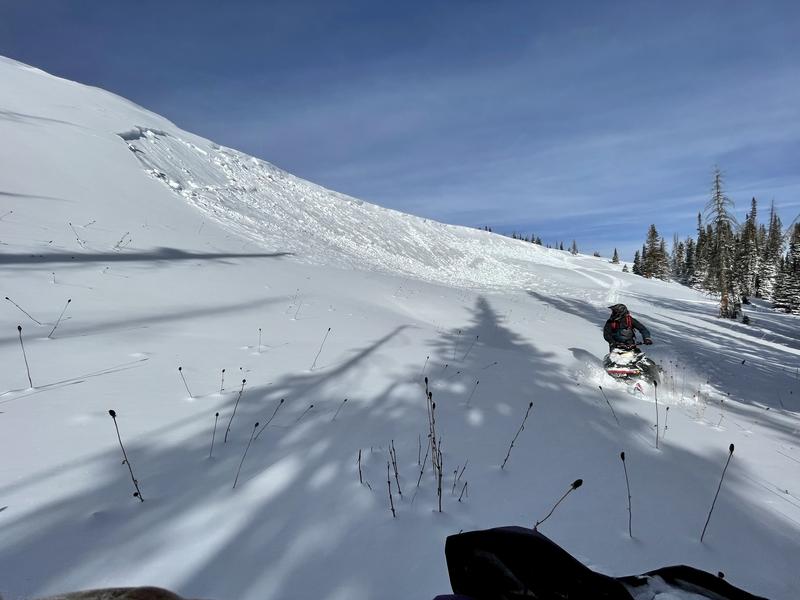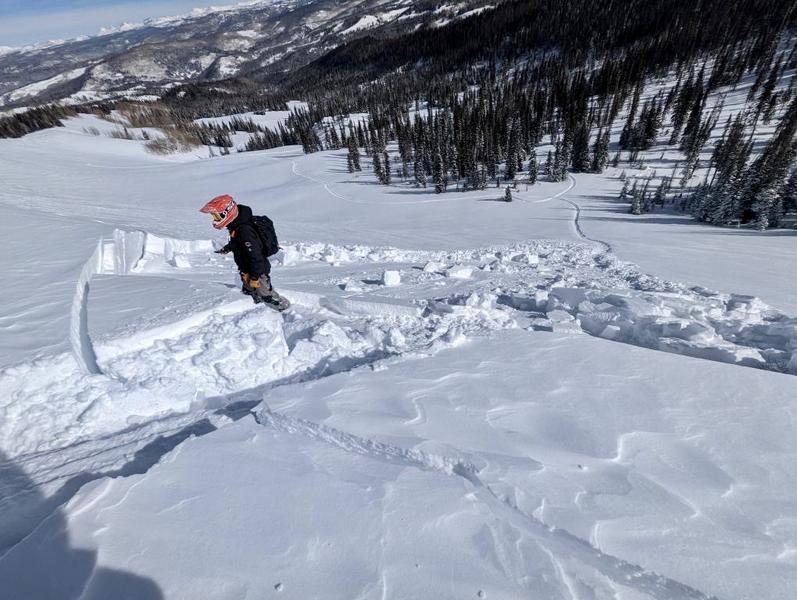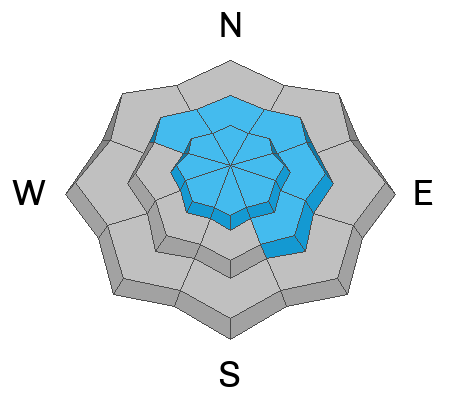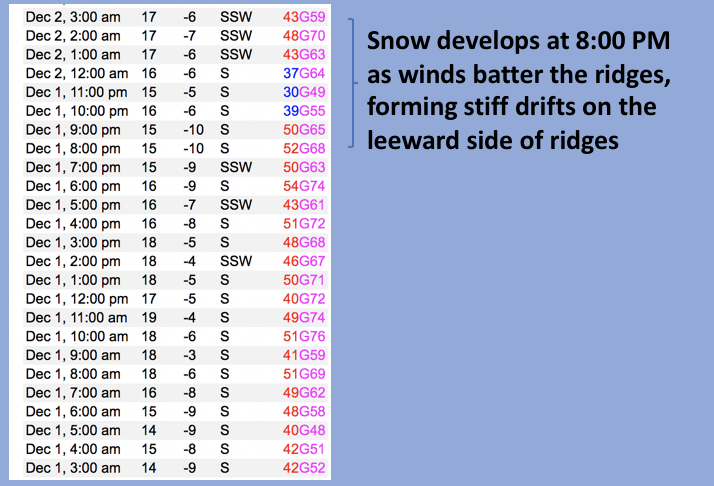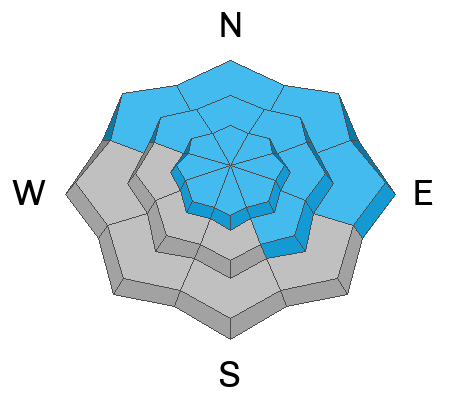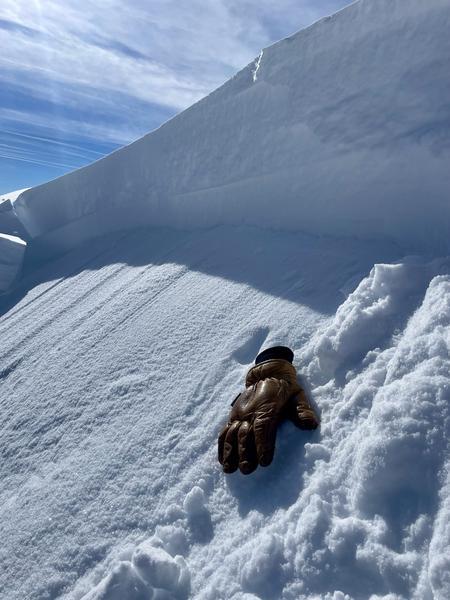Forecast for the Uintas Area Mountains

Issued by Craig Gordon on
Friday morning, December 2, 2022
Friday morning, December 2, 2022
Heads up.... today's storm is rapidly changing the landscape and the avy danger. Any avalanche triggered today has the distinct possibility of instantly ruining your day-
Look for HIGH avalanche danger on all steep, upper elevation slopes, especially those facing the north half of the compass, where strong winds continue forming fresh wind drifts atop weak faceted snow underneath. Both human triggered and natural avalanches are VERY LIKELY. In addition, winds have made their way into mid elevation terrain where you'll find a CONSIDERABLE avalanche danger and human triggered avalanches are likely. Even low elevation terrain is getting into the mix and you could get surprised on a steep slope right near the trailhead.
MODERATE avalanche danger is found on low and mid elevation south facing slopes and human triggered avalanches are possible.
Here's your exit strategy... find a mellow, low angle south facing slope or big open meadow with no steep slopes above or adjacent to where you're traveling and practice your riding skills like carving deep trenches in fresh snow. Remember, don't get too throttle happy because it's still low tide and there's plenty of reef barely hidden underneath our recent storm snow. With a significant danger of hitting rocks, stumps, and other obstacles, you'll wanna tone it down today and don't let a buried treasure ruin your season.
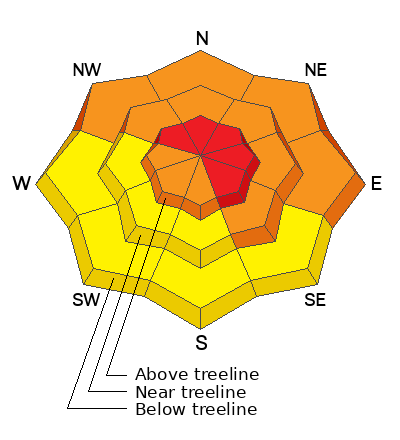
Low
Moderate
Considerable
High
Extreme
Learn how to read the forecast here


